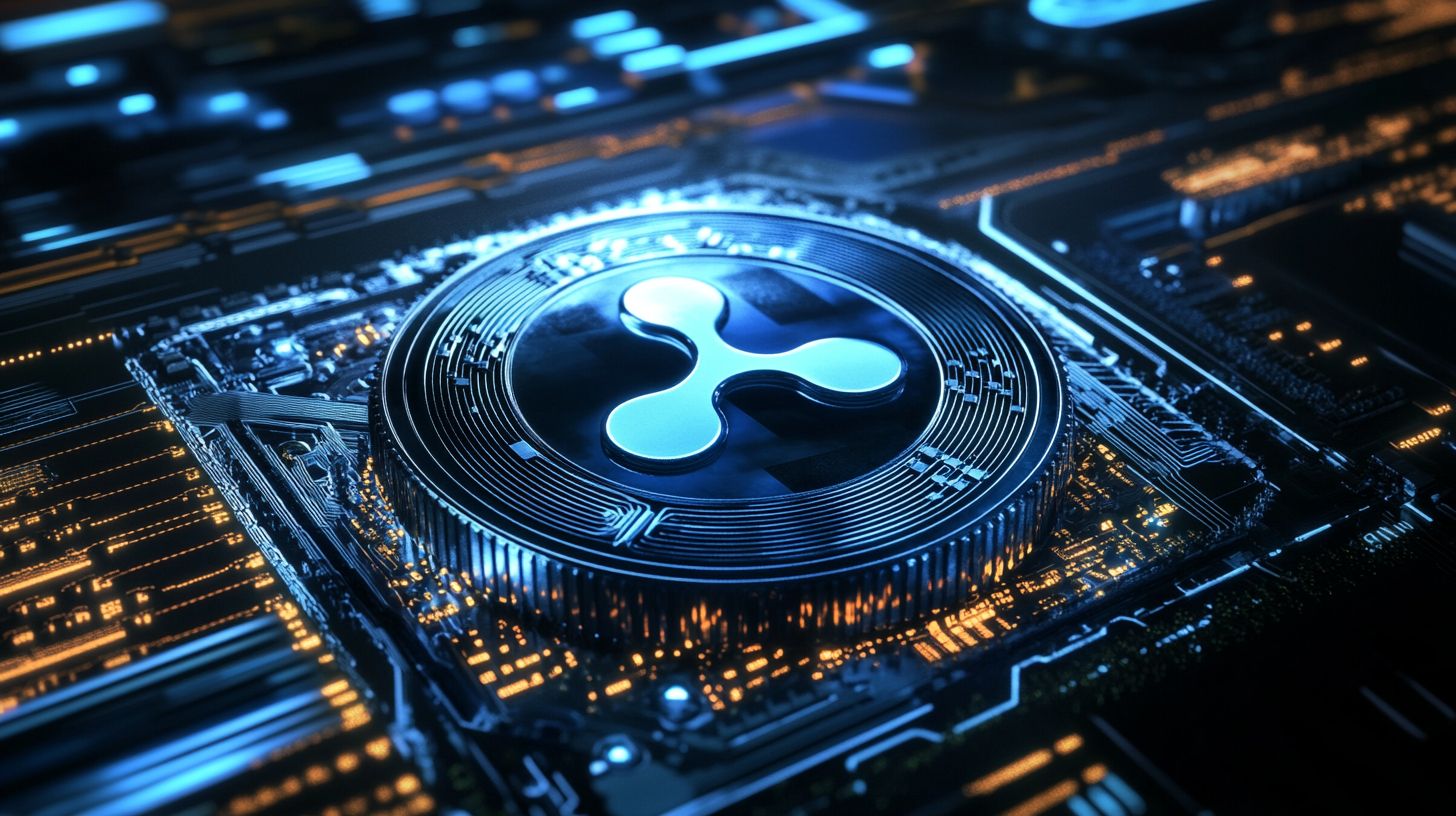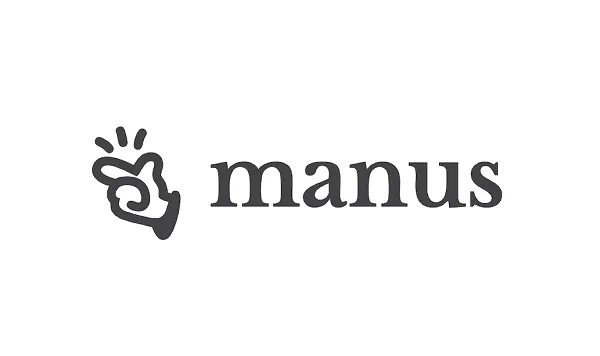Australia keeps policy rate steady at 3.6% as inflation worries loom
The Reserve Bank of Australia said the decision to hold rates was due to the decline in underlying inflation slowing.

Michele Bullock, governor of the Reserve Bank of Australia (RBA), speaks during a press conference in Sydney, Australia, on Tuesday, July 8, 2025.
Bloomberg | Bloomberg | Getty Images
Australia's central bank expectedly held benchmark policy rates at 3.6% on Tuesday as inflation in the country stays at its highest level in more than a year.
The move was in line with expectations from economists polled by Reuters, and comes after the country earlier this month reported headline inflation rate of 3% for August — the highest since July 2024 — with housing, food and alcohol driving price growth.
The Reserve Bank of Australia signaled inflation worries in its statement Tuesday: "Recent data, while partial and volatile, suggest that inflation in the September quarter may be higher than expected at the time of the August Statement on Monetary Policy."
The bank said that private demand was recovering, and there were indicators that inflation might be persistent in some areas.
The RBA has cut rates by 75 basis points so far this year, after holding them steady at 4.35% since November 2023 in its bid to rein in inflation.
The central bank said economic outlook was uncertain due to domestic and international developments. "Stronger-than-expected data on growth and inflation may indicate that households have become more comfortable consuming ... [but] growth in consumption might not persist, particularly if households become more concerned about overseas developments."
RBA Governor Michelle Bullock said to the country's parliament earlier this month that "the global environment is particularly uncertain and unpredictable, but monetary policy is well placed to respond if it seems international developments could have a material impact on Australia's economy."
In a note after the RBA decision, Oxford Economics' Head of Economic Research and Global Trade Harry Murphy Cruise said the RBA had "effectively won its fight against inflation."
He forecasts that Australia's trimmed mean inflation — a gauge of core or underlying inflation — to ease to 2.6% in the third quarter of 2025, and added that this should pave the way for a rate cut in November. RBA inflation target is between 2% and 3%.
An additional cut in the first quarter of 2026 can be expected, as underlying inflation by that time will have approached the midpoint of RBA's target band, but unemployment rate is expected to rise, warranting additional monetary support, Cruise said.
Australia's economic growth in the second quarter topped expectations, expanding at its fastest rate since September 2023, allowing room for the central bank to hold rates and focus on curbing inflation.
The country's GDP grew 1.8% year over year, higher than the 1.6% expected by economists polled by Reuters, and stronger than the 1.3% seen in the previous quarter.
On a quarter-over-quarter basis, Australia's GDP grew 0.6%, compared to 0.5% forecast in the Reuters poll.
Data from the Australian Bureau of Statistics showed that growth was driven by domestic spending, including household and government consumption.

 FrankLin
FrankLin 






























